Our dogs bring so much joy into our lives, and we do everything we can to return the favor. They brighten up our darkest days, give us constant unconditional love, and give us more smiles and laughs than we ever could’ve imagined before they came into our lives. It’s only natural that we want to make sure we’re giving them the best life possible right back!
Chances are, you know your dog so well that you can read your dog’s emotions like a book. But just in case you had any doubts, check out these 10 signs your dog is truly happy and see if they remind you of a certain special pup!

1. Soft Gaze
While eye contact with a stranger can make some pups feel threatened (especially if they’re nervous to begin with), sharing a loving gaze with the people they trust is definitely a sign of canine contentment! Whether they’re locking eyes with you, or their stare is soft as you’re stroking their fur (maybe their eyes are even closing!), this means that your dog can fully relax around you — and who’s not happy when they’re feeling “zen”?
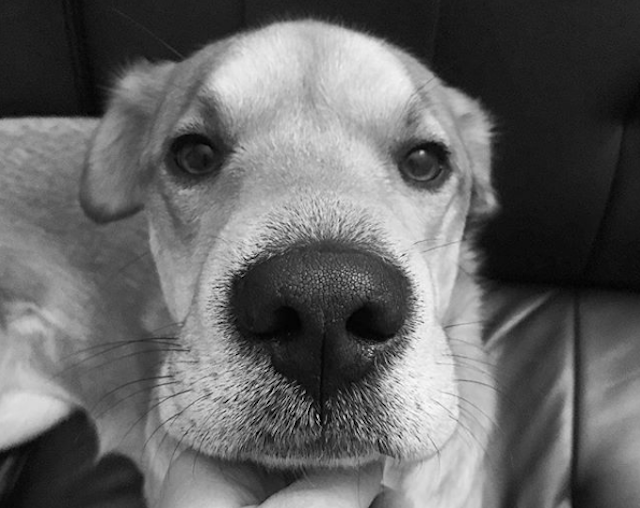
2. Relaxed Mouth & Ears
A pup with a relaxed mouth — not tightly closed, not panting hard — is usually calm, and this sign is often accompanied by a soft gaze. Their mouth may be slightly open in a gentle pant, and it might even look like they’re giving you a slight smile! Of course, this is not to be confused with a nervous or aggressive “smile” that curls up the lips.
Also, look at ear positioning. As opposed to ears that are erect and alert, or flattened on the head and accompanied by nervous signs like lip-licking and tail-tucking, ears that are held in their natural position usually signify a calm dog. With that said, sometimes dogs will put their ears back in happiness when someone they love approaches, and in this case, it’s usually accompanied by a loving gaze and wagging tail!

3. Wagging Tail
Everyone knows that dogs wag their tails to express their emotions. What some don’t know, though, is that certain wags can actually indicate nervousness or alertness. When your dog’s back end is in it’s natural position, he’s most likely relaxed. And those big wags when you come home from work are most definitely displays of excitement!
Psychology Today breaks down different types of tail wags, below:
● A slight wag, with each swing of only small breadth, is usually seen during greetings as a tentative, “Hello there,” or a hopeful “I’m here.”
● A broad wag is friendly: “I am not challenging or threatening you.” This can also mean: “I’m pleased.” This is the closest to the popular concept of the happiness wag, especially if the tail seems to drag the hips with it.
● A slow wag with the tail at half-mast is less social than most other tail signals. Generally speaking, slow wags with the tail in neither a particularly dominant (high) nor a submissive (low) position are signs of insecurity.
● Tiny, high-speed movements that give the impression of the tail vibrating are signs the dog is about to do something, usually run or fight. If the tail is held high while vibrating, it is most likely an active threat.
4. Good Appetite
Changes in appetite can often indicate health issues, nervousness, or anxiety so a dog with a good appetite is always a positive sign (on the flip side, a dog who stops eating could indicate an underlying issue). Sure they’re picky sometimes, but if they’re happy to chow down a bowl of their favorite food or a special treat from you, consider it a good thing!
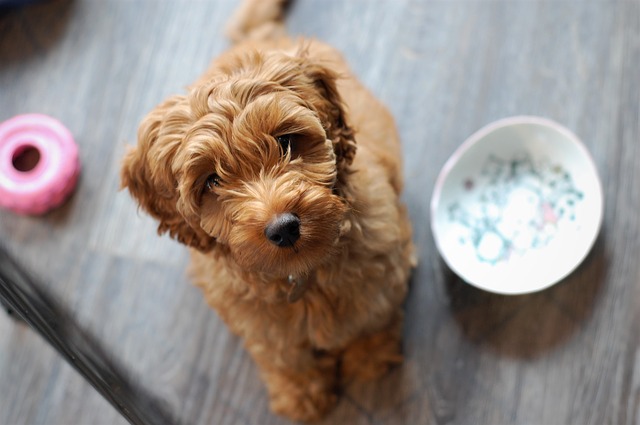
5. Excited Reactions
If your companion is excited to see you every time you walk through the door, approach them for a pet, or give them a kiss first thing in the morning, they’re undoubtedly thrilled to be with you. What’s more, pups who wag their tails at the prospect of a walk, eagerly await their food, or can’t contain their joy on a car ride are definitely happy!
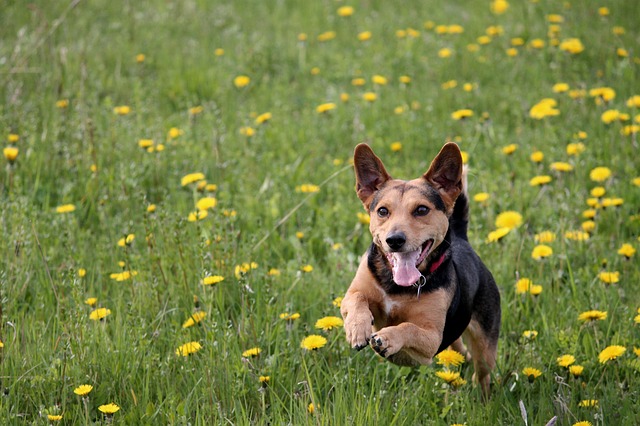
6. Non-Destructive
When pups turn to chewing our shoes, furniture, and who knows what else, it’s usually a sign of anxiety, boredom, excess energy, or a mixture of the three.
While many dogs are truly happy when they’re with their people, they can become distressed when they’re away. Separation anxiety is a common and tough problem that many pup parents face because they want their dog to be happy, even if they’re not there. (Check out these 6 tips and tricks to make being home alone less stressful for your dog.) Needless to say, a non-destructive dog who can behave himself while you’re away is usually a calm and happy one!
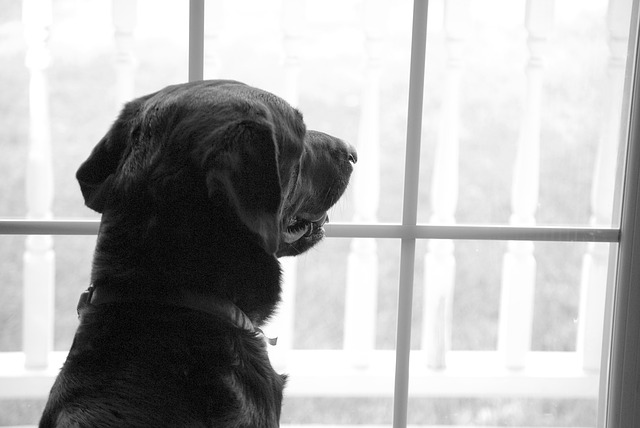
7. Enjoys Being Active
When our pooches can’t wait to participate in their favorite games and outings, whether it be going on a walk, playing a game of fetch, or headed for a swim, this is a great indicator that they’re feeling energetic and healthy! Our dogs are wonderfully easy to please, so any of these fun activities will make them happier than a kid in Disney World.
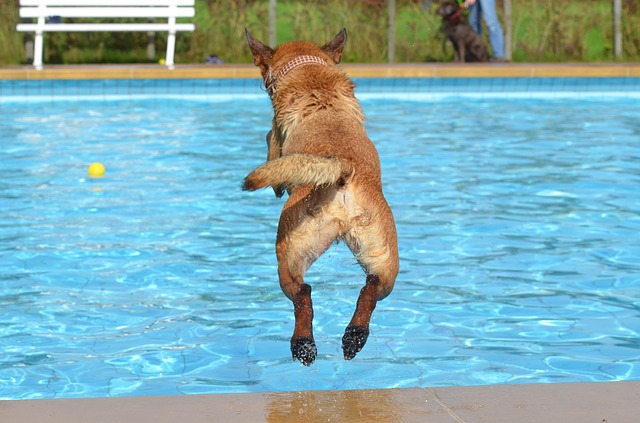
8. Soaks Up Attention From Loved Ones
Dogs are social creatures, and it’s in their nature to want love and attention from humans — that is, unless someone has broken their trust. While all dogs have different personalities, a happy pup will never refuse loving pets from their favorite humans, whether it’s a select few family members or every new “friend” they meet!
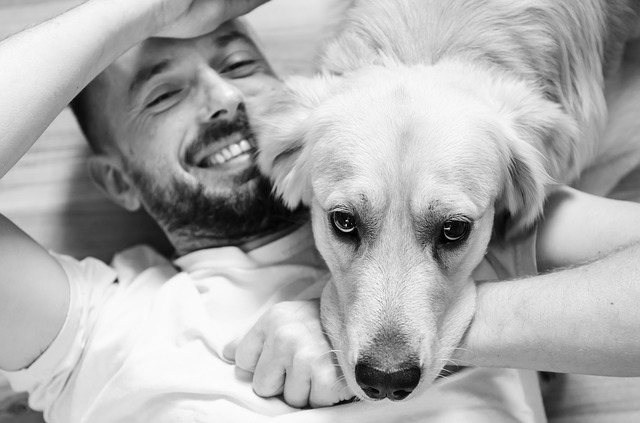
9. Sleeps Well
We humans aren’t the only ones with certain sleep habits! Lack of sleep in dogs can indicate stress, anxiety, discomfort, or even a medical issue, like dementia. (If you have a restless pup at home, check out these 6 ideas to help your dog sleep through the night.) But if your furry friend is comfortable and content when it’s time for bed, he’ll be able to peacefully drift off into doggy dreamland… and what’s better than that?
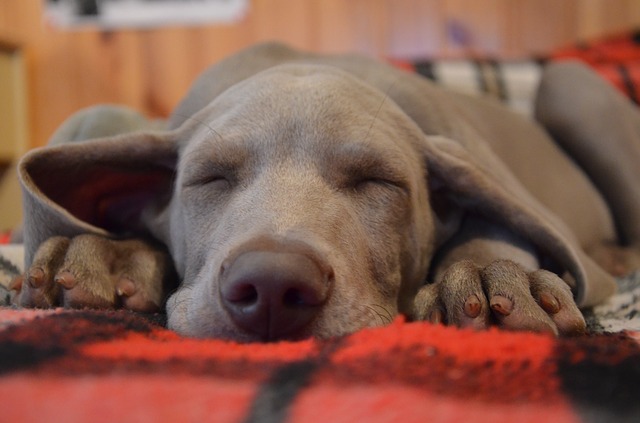
10. Feels Healthy
No one likes feeling under the weather, and that includes our dogs. With that said, plenty of pooches with medical issues go on to lead full and happy lives, from those with special needs to seniors with stiff joints. The key here is for them to feel healthy enough to want to do their favorite things.
Thanks to modern medicine, we’re often able to ease our companions’ discomfort with prescriptions, natural supplements, a healthy diet and exercise. So whether your canine’s condition is being managed or she has a perfectly clean bill of health, if she has a good quality of life, she’s happy!
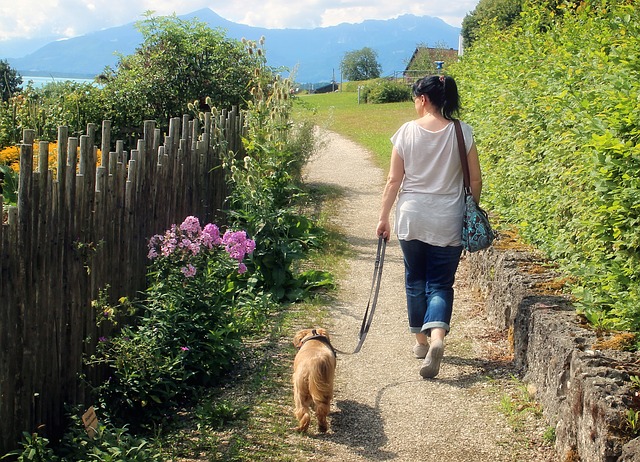
Like us, our dogs aren’t happy 100% of the time, but they’re so good at making the best out of life, it’s pretty darn close! If your pup demonstrates one or more of these “happy signs” at least most of the time, then overall, you have a truly happy dog.
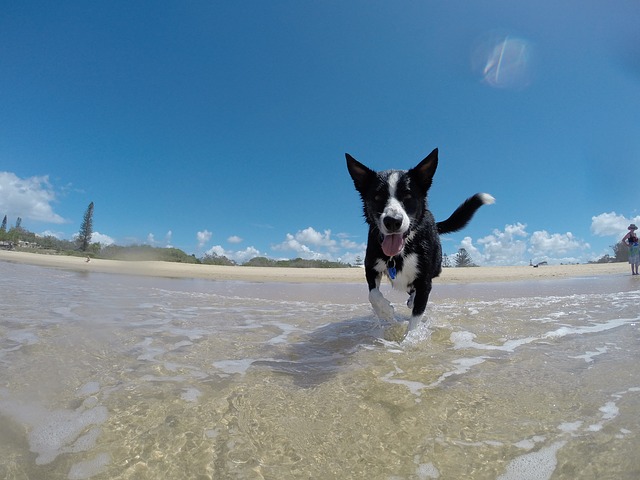
 Toledo, United States.
Toledo, United States.
